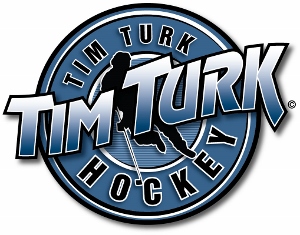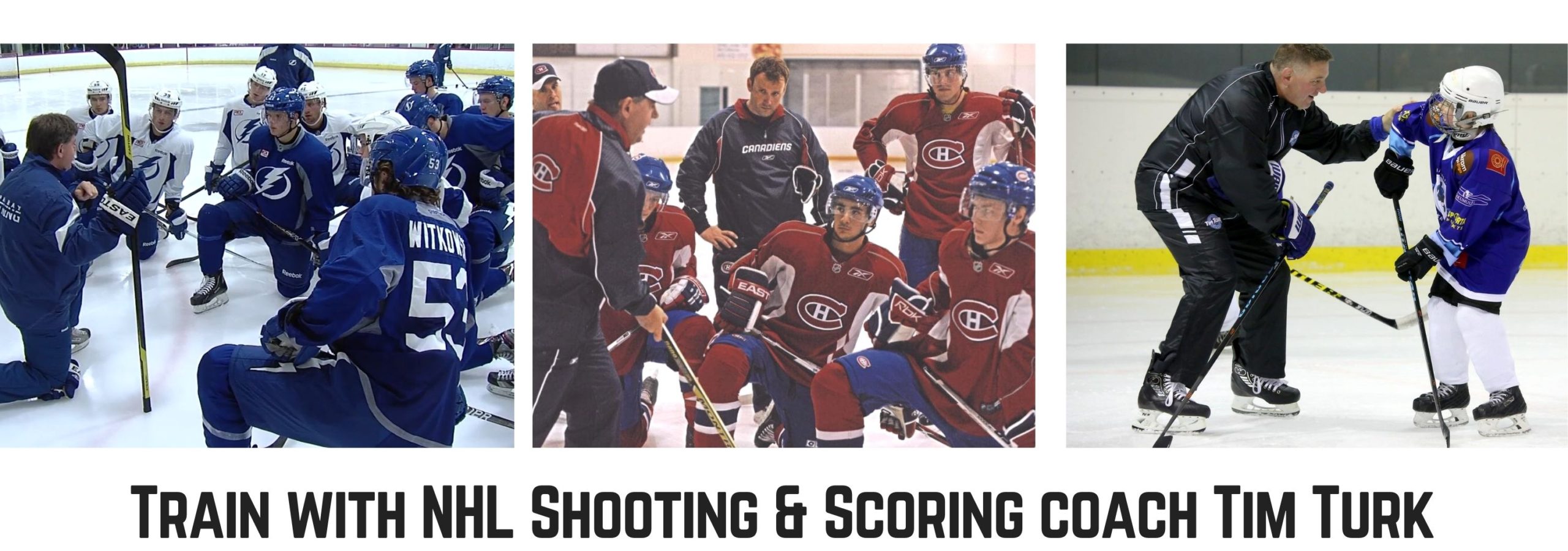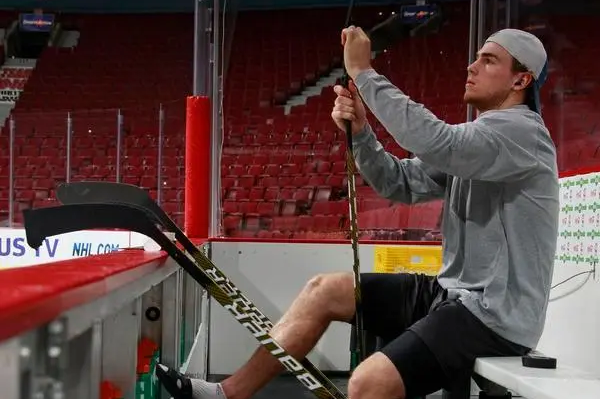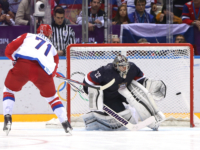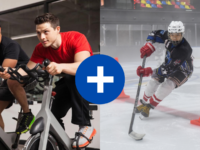All hockey fans know how physically demanding it can be to play the game. Players at all levels of the sport need to have a wide range of athletic abilities to perform at a high level. Hockey is the only sport that combines ice skating, hand-eye coordination, physical strength, and cardio in a single skill set. When you throw in goalies, we can add flexibility, reflexes, and courage as well.
But what about those little things that people who haven’t played hockey are unaware of? Mastering the sport of hockey takes years, if not decades, to achieve. While constantly working on your skating or shooting will help you succeed on the ice, there are plenty of other skills to have in your repertoire to take you to that next level. Let’s take a look at some of those other skills to make you a complete hockey player on and off the ice!
Patience
Hockey can feel it is moving at breakneck speed sometimes, but truly elite players exhibit patience both with and without the puck. They say if you can wait that extra half a second on the ice, it will open up passing and shooting lanes that weren’t there before. If you can learn to hang on and protect the puck, it gives your teammates more time to get open. The first instinct for players is often to just get rid of the puck when a defender is coming your way.
Patience helps when you are without the puck as well. Don’t just skate by the net after your teammate takes a shot on goal. There are often rebounds if you are able to hang out around the net for an easy tap in goal. The key is to not panic and let the play develop on its own. Patient hockey players are almost always rewarded with extra scoring chances and more goals.
Reading the Boards
This is a skill that most hockey players have, but don’t really develop further. Being able to bounce passes off the boards to your teammates is a helpful way to get the puck out of danger, without taking an icing call. You can even utilize the boards behind the net or in the corners to get a favorable bounce in the offensive zone. The Sedin twins were masters of creating a breakaway by bouncing the puck off of the corners behind the opposing team’s goal.
Receiving the Puck
You might be thinking, ‘well that’s obvious’, but there’s an art to receiving the puck. A lot of it has to do with your ability to anticipate where the puck is going while keeping your head up to process where the play is headed as well. If you can accept a pass without having to look down at your stick, you’re already ahead of the game.
They say that players who can accept any type of pass have the softest hands. The puck can be wobbling or standing on end after hitting a patch of ice. The best players can corral those passes with ease without ever skipping a beat. The truly elite players can take those passes mid-stride and never lose any speed while skating up the ice. Anyone can receive a pass, but doing it well is a different story altogether.
Lifting Your Opponent’s Stick
It’s an age-old strategy for checking your opponent. In youth hockey and rec leagues, stick lifting is much more popular due to there being no contact on the ice. If you watch NHL players, great checkers and defenders can pick the pocket of their opponents and take the puck themselves in one smooth motion. Learning the art of the stick lift is a valuable part of any players’ repertoire.
The key to lifting a stick is to be quick and not give away the fact that it is coming. Lift closer to the blade so you can avoid getting called for a hooking penalty on your opponent’s hands. This also decreases the chances of accidentally high sticking your opponent as well. Don’t overlook the skillful art of lifting your opponent’s stick when trying to improve your defense on the ice!
Taking Care of Your Equipment
Not all skills take place on the ice, some of them happen before you even get dressed. Caring for your hockey equipment is one of the easiest and best ways to improve your performance on the ice. Regularly sharpening your skates will help you keep up your speed on the ice, and having that sharp edge can save you from potential injuries as well. Using products like skate oil can help keep your blades from rusting and maintain a stronger edge.
Your stick also requires some TLC before and after each game. Everyone tapes their sticks differently, but if you notice the tape on your blade is wearing away, replace it with some fresh tape each time you get ready to play. Not only will this help you with stickhandling and receiving passes, but it also protects your blade from wear and tear on the ice. Stick wax can help reinforce the tape and strengthen it, while also protecting your blade by keeping out excess water.
Out of all of the pieces of equipment you have, the helmet might be the most important. As time goes on, you’ll often notice that screws come loose and visors need tightening. This is perfectly normal and should be done regularly to ensure that your helmet properly fits your head as you play. Cleaning your visor is also essential to having good vision on the ice, and can really help with things like hand eye coordination. It’s always a good idea to keep a helmet tool kit or even just a screwdriver in your hockey bag for any last minute adjustments you need to make before hitting the ice!
